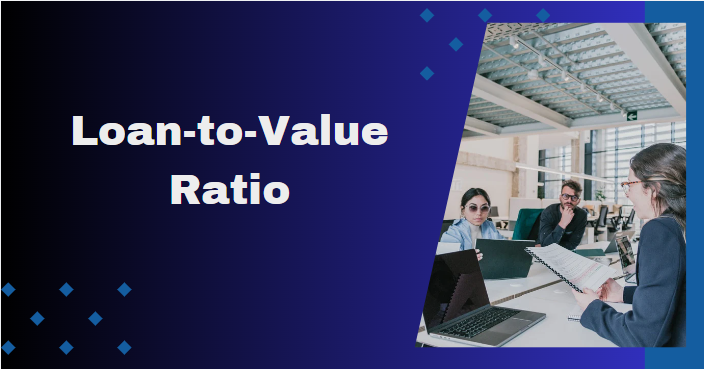The Loan-to-Value ratio is a critical concept in the world of finance, particularly in real estate and mortgage lending. This ratio plays a significant role in determining the risk associated with a Loan-to-Value ratio and influences various aspects of the lending process. In recent news, the dynamics of LTV ratios are evolving, reflecting broader economic trends and changes in lending practices. In this article, we’ll explore what LTV is, why it matters, recent developments, and what it means for borrowers.
What is Loan-to-Value Ratio?
The Loan-to-Value ratio is a financial term that compares the amount of a Loan-to-Value ratio to the appraised value of the asset being purchased, usually a property.
LTV=(Loan AmountAppraised Value)×100\text{LTV} = \left( \frac{\text{Loan Amount}}{\text{Appraised Value}} \right) \times 100LTV=(Appraised ValueLoan Amount)×100
For example, if a home is valued at $200,000 and the borrower takes out a loan of $160,000, the LTV ratio would be 80%.
Importance of Loan-to-Value Ratio
1. Risk Assessment
Lenders use LTV as a measure of risk. A higher LTV ratio indicates that the borrower has less equity in the property, which can be a red flag for lenders. Typically, loans with an LTV ratio above 80% may require private mortgage insurance (PMI) to protect the lender in case of default.
2. Interest Rates
The LTV ratio can also affect the interest rate on a Loan-to-Value ratio. Borrowers with lower LTV ratios often qualify for lower interest rates because they represent a lower risk to lenders. Conversely, higher LTV ratios may lead to higher rates due to increased risk.
3. Loan-to-Value ratio Approval
LTV is a critical factor in the Loan-to-Value ratio approval process. Many lenders have specific LTV thresholds that borrowers must meet to qualify for a mortgage. For instance, conventional loans often require an LTV of 80% or less for favorable terms.
Also Read : VyvyManga
Recent Developments in Loan-to-Value Ratios
In recent months, several trends and developments have emerged regarding LTV ratios that are noteworthy for borrowers and investors.
1. Changing Market Conditions
As the housing market fluctuates, so do LTV ratios. With rising home prices in many areas, borrowers may find it challenging to maintain lower LTV ratios. This can lead to more Loan-to-Value ratio being issued with higher LTV ratios, which may increase the overall risk for lenders.
2. Regulatory Changes
Recent regulatory changes have also influenced LTV ratios. In response to the COVID-19 pandemic, some government-backed Loan-to-Value ratio programs adjusted their LTV requirements to accommodate borrowers facing financial difficulties. These changes have allowed more individuals to qualify for loans but may also lead to increased risk in the lending market.
3. Technological Advancements
Technology is playing an increasingly important role in how lenders assess risk and determine LTV ratios. Automated valuation models (AVMs) and big data analytics are helping lenders make more informed decisions regarding property values, which can lead to more accurate LTV calculations.
Implications for Borrowers
Understanding the nuances of the Loan-to-Value ratio is essential for potential borrowers. Here are some key takeaways:
1. Know Your Equity
Before applying for a mortgage, it’s crucial to understand your equity position. The more equity you have in a property, the better your chances of securing favorable Loan-to-Value ratio terms.
2. Consider the Impact of PMI
If your LTV ratio exceeds 80%, be prepared to pay for PMI. Weighing the costs and benefits of a higher LTV is essential when considering your options.
3. Shop Around for Lenders
Different lenders have varying criteria for LTV ratios. Shopping around can help you find a lender with more favorable terms, especially if your LTV ratio is on the higher side.
Conclusion
The Loan-to-Value ratio is a vital aspect of the lending landscape, influencing everything from risk assessment to interest rates and Loan-to-Value ratio approval. Recent developments in the housing market, regulatory changes, and technological advancements are reshaping the way LTV ratios are viewed and calculated.
For borrowers, understanding LTV and its implications can lead to better decision-making and ultimately help secure the most favorable Loan-to-Value ratio terms. As the market continues to evolve, staying informed about these changes will be essential for anyone looking to navigate the complex world of financing. Whether you’re a first-time homebuyer or a seasoned investor, knowledge of LTV ratios can empower you to make smarter financial choices.


